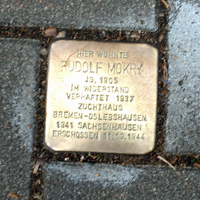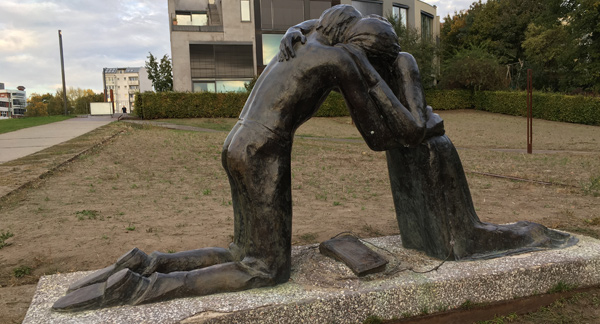I like to keep the peace. Really I do. Conflict is painful and hard for me. I try to see the other side of things. I do not like to disturb the status quo. I do not merely dislike conflict; I feel conflict. It weighs like a million pounds upon my body. The single act of speaking up may last only a moment, but I will mull it over for days, months, even years. I have always been this way (and some of you already know my Enneagram number). What I am writing is not easy.
As a pastor, I have prided myself on having relationships and friendships with people across a diversity of spectrum from the very liberal to the very conservative. I firmly commit that all are welcome in the doors of the church. As we worship together, every one of us lays our experiences, ideologies, and commitments at the feet of Jesus to be examined and confronted by the Holy Spirit. Every one of us has sin within our hearts. Everyone one of us is in need of confession. Every one of us needs transformation of our whole being. Transformation by the Spirit of God happens within the practices and community of the church. If we cannot welcome all, then we cannot all be changed. Those of us who call ourselves followers of Jesus love our neighbor because God first loved us. We forgive because we were forgiven. We show grace because we were first shown grace. My commitment and welcome to all remains unchanged.
But because of my commitments, I also resist speaking up. Particularly in the forums of social media and blog posts when understanding is so hard to be had. I also resist speaking because I know I can never fully get away from my role as a pastor. I tell myself that I do not want to engage my church in complicated, painful discussions. I do not want to alienate. I do not like people angry with me or our church. I do not like it when people leave the church because we do not agree and feel like we cannot speak to one another.
A few years ago I had the opportunity to be in Berlin, Germany. In front of some of the homes are small square brass markers. They mark the home of a Jew who as taken away by the Nazis.

Many of us want to say, that if we had lived in those times, in Germany, Poland, and the Netherlands, we would have spoken up to stop the rise of the Nazis. We want to believe we would have hidden Jews within the walls of our homes. I want to say I would have been that person, I think I would have been the one who kept silent. Fear would have ruled the day.
All around us our black and brown brothers and sisters are crying out for us to speak up. To no longer be silent. To no longer dismiss their pain. They are dying around us. Recently, I participated in a conversation hosted by the leadership of my denomination. I offer here some of the bullet points from this conversation to help us begin to think more deeply and have the courage to speak up:
- We cannot change our history but we can change our future.
For over four hundred years the evil virus of racism has permeated our American culture. We can learn about our history and lament and grieve. We show the pictures of King marching arm and arm with white people in peaceful protest. We do not show the next picture of police dogs, beatings with batons, and water cannons turned on them. This is part of the story too.
- Stop taking it personal.
As a white person, I swim the sea of my privilege. Like a fish may be unaware of the water around them I often do not feel or think of its existence. To be told that I am in the water is not a personal attack on me. It is just a statement of reality.
- Stop minimizing another’s pain.
I do not have to understand another’s pain to be able to sit with them and mourn and grieve. Just because I don’t see it or feel it does not make it unreal.
- Sin is the problem.
- Favoritism is the problem.
You are not the problem, you are part of the solution. The Bible has a lot to say about sin and favoritism. Staying silent. Failing to learn. Failing to listen. Failing to seek to understand. These are not options. We can be part of the solution.
Let me say that again: You are part of the solution.
As I said in my note yesterday, each day I will offer you resources. Below are two videos (they may not be visible in the e-mail, just click the link to go to the message online and you will see them).
The first is an interview with Carl Lentz and Biship T.D. Jakes, the second is one with Charlie Dates and Beth Moore.
Blessings,
Stephen

